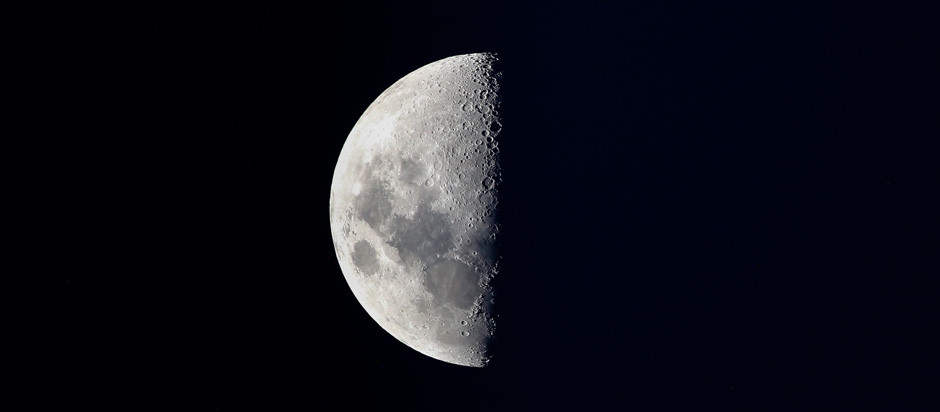Some parts of the Moon have never encountered sunlight. Especially inside certain craters around the polar regions of the Moon, there are parts that have never seen the light of day and never will. Spacecraft have identified deposits of water ice in these areas, and these are areas that space agencies care about for sending landers and humans.
The reason why sunlight doesn’t reach these areas is almost entirely due to the Moon’s tilt. For example, when you look at the Earth, with an inclination of 23.5 degrees relative to the orbital plane, with the Northern Hemisphere facing the Sun (North Summer), facing the other way (South Summer), or both hemispheres receiving the same amount of light (autumn and spring). ) there are times. But on the Moon this is not the case.
The tilt of the Earth with respect to its orbit around the Sun is 1.5 degrees. The moon is almost perfectly vertical. This means that no matter what position the Moon is in Earth orbit, the Sun’s rays reach the Moon almost perpendicularly. In other words, the equatorial regions receive a lot of light, while the poles experience an almost continuous afternoon and create very long shadows.
As the moon rotates, so does the shadow, so not a single mountain in these regions will cause a permanent night to appear. However, the parts near the walls of a crater with elevations on all sides may never receive sunlight.

cold traps of the moon
Areas that are constantly dark are called cold traps. In these shaded areas the temperature always remains below -160°C. Therefore, the ice formed here can easily maintain its existence. These regions are so cold that at these temperatures, even without an atmosphere, the ice behaves like a rock and is calculated to remain in place for a billion years.
These cold traps are found at both poles, but 60 percent of them are located beyond 80 degrees latitude at the South Pole. That’s why space agency reviews in recent years have often focused on this area. For example, India’s Chandrayaan-3 vehicle is targeting this region.
While China’s Chang’e-7 lander and reconnaissance vehicles are expected to arrive in the region in 2026, Jeff Bezos’ Blue Origin is also planning a special mission. We should not forget the Artemis 3 mission. The mission to get humans back to the Moon is currently scheduled to take place in December 2025.
There are different sources of water on the Moon, and they are not limited to ice in cold traps. Some can be found in hydrated minerals or even in glass beads formed after a collision between the Moon and smaller bodies in the Solar System.
Water is ubiquitous on the Moon’s surface if we consider the water molecules themselves rather than as a possible source of material for a future settlement. Of course, there is plenty of ice in the shadowy craters, but even the dust grains of the Sunny regions contain water molecules.
Until more research is done, it is not possible to fully determine the origin of this water. Comets and icy micrometeorites are believed to be important influences, as well as contributing to ancient volcanic processes, but water can also form through interaction between lunar soil and plasma in the solar wind.